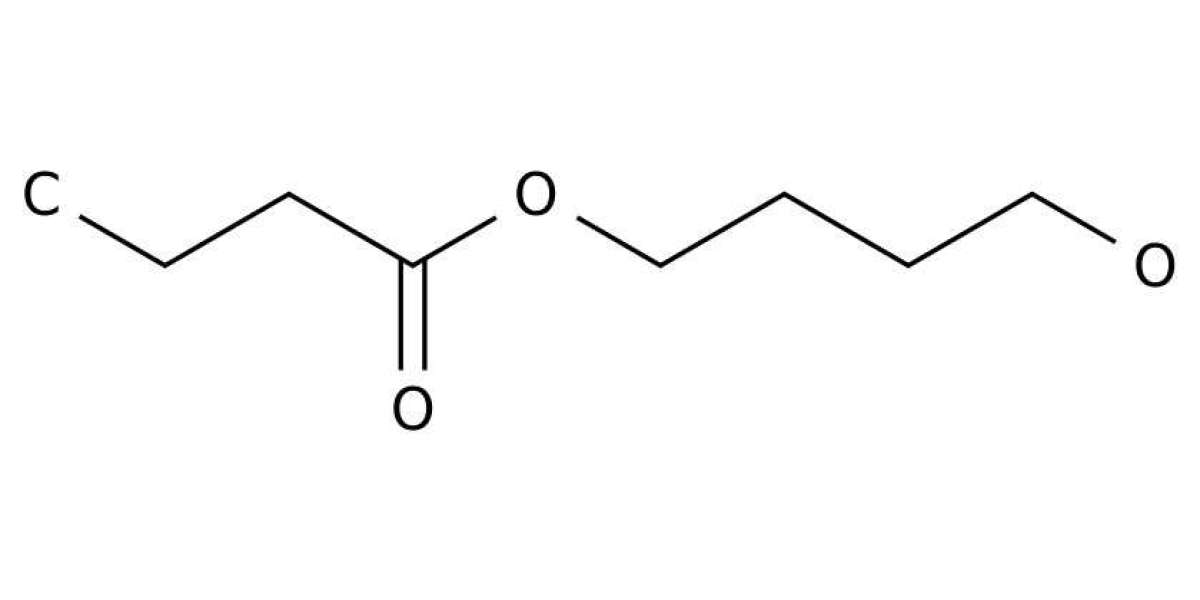Overexpression of ornithine decarboxylase (ODC) has been shown to be characteristic of tumor development and progression in humans and experimental animals. Therefore, we have examined the effects of 1,3-diaminopropane dihydrochloride (DAP), a potent inhibitor of ODC, on rat two-stage urinary bladder carcinogenesis initiated with N-butyl-N-hydroxybutyl nitrosamine (BBN). In experiment 1 (36 weeks), 6-week-old F344 male rats were administered 0.05% BBN in drinking water for 4 weeks and then divided into four groups. Animals of groups 1 and 2 received basal diet and drinking water supplemented with or without DAP (2 g/l). Groups 3 and 4 were given diet containing 5% sodium L-ascorbate (NaAsA), a typical urinary bladder tumor promoter, and drinking water with or without DAP. Administration of DAP to group 1 significantly reduced tumor size, multiplicity and incidence, particularly of papillomas, when compared with group 2 values. DAP together with NaAsA (group 3) also decreased tumor size relative to the group 4 case.
Fukushima et al. have reported that sodium L-ascorbate (NaAsA) enhances the development of bladder tumors in male rats when fed after administration of the carcinogen N-butyl-N-hydroxybutyl nitrosamine (BBN). Uracil is another potent promoter of urinary bladder carcinogenesis. Urinary components functioning as tumor promoters have been shown to elevate urinary bladder ODC and related spermidine/spermine N′-acetyltransferase (SAT) activities. Oral application of NaCl, a gastric tumor promoter, to rats was recently shown to induce ODC and SAT activities with a peak after 5–7 h. Also, ODC overexpression is apparently intimately involved in tumor promotion in mouse skin. To test the possibility that suppression of ODC might inhibit carcinogenesis in the bladder, the post-initiation effects of DAP with and without NaAsA were assessed in the present experiment.
Studies in vitro and in vivo have shown that ODC inhibition may be a way to control cell proliferation and specific inhibitors can prevent hydroxybutyl neoplastic development associated with antiproliferative potential in a number of organs. In animal models, DAP may inhibit cancer while reducing proliferation. Homma et al. earlier showed that the inhibitory characteristics of the ODC inhibitor DFMO on rat urinary bladder carcinogenesis were accompanied by a remarkable inhibition of cell proliferation. Induction of cell proliferation and inhibition of apoptosis are suggested to be one mechanism underlying tumor promotion, with significant roles for growth factors.



